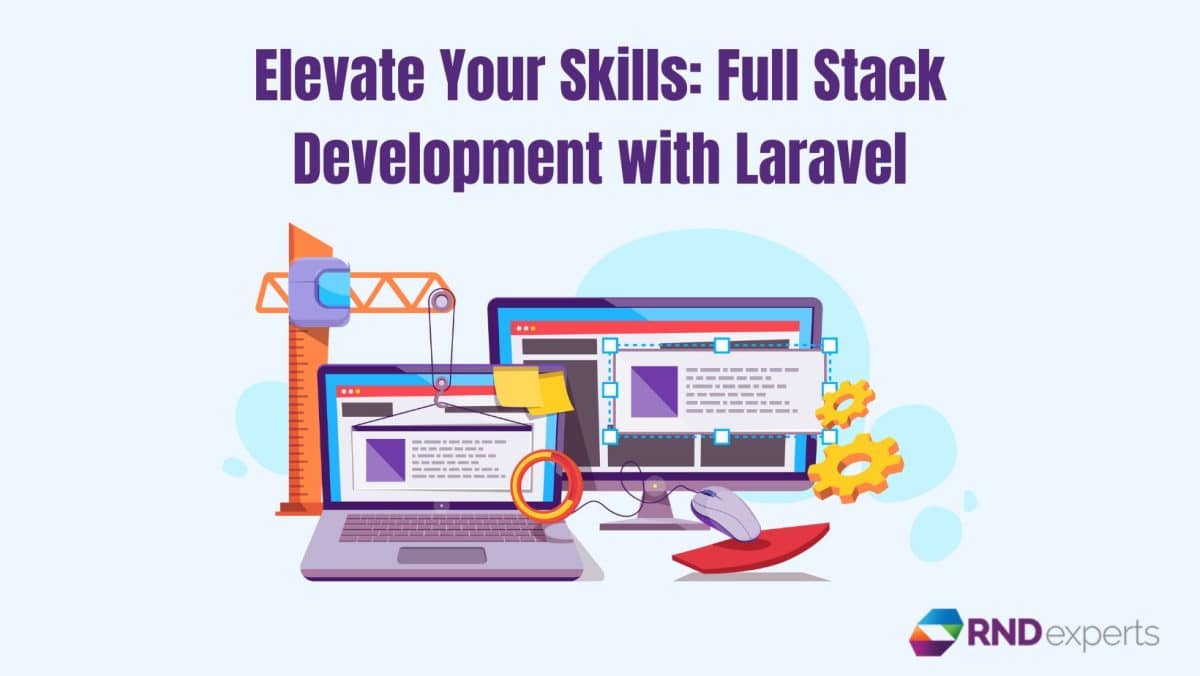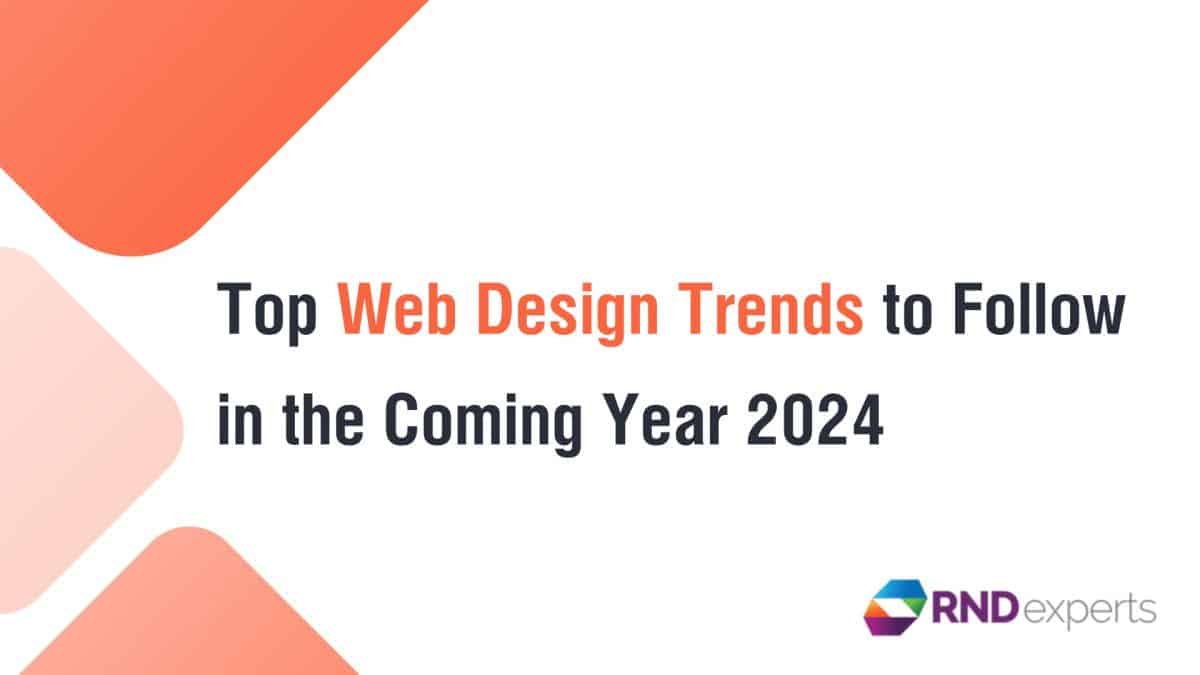Full Stack Development has become a coveted skill set, and Laravel, a powerful PHP framework, is the perfect tool to elevate your capabilities. In this blog post, we’ll explore the world of Full Stack Development with a focus on Laravel, unlocking the potential to create robust and scalable web applications.
Understanding Full Stack Development:
Full Stack Development encompasses both front-end and back-end technologies, allowing developers to work on all aspects of a web application. This holistic approach empowers you to build seamless, end-to-end solutions. Laravel, with its elegant syntax and developer-friendly features, provides an excellent foundation for Full Stack Development.
The Laravel Advantage in Full Stack Development:
Laravel is not just a PHP framework; it’s a development ecosystem that streamlines tasks, promotes best practices, and enhances productivity. From its expressive ORM (Object-Relational Mapping) system, Eloquent, to the built-in Artisan console, Laravel simplifies complex tasks, allowing developers to focus on creating innovative features.
Building a Strong Back-end in Full Stack Development:
Laravel’s back-end capabilities are second to none. Dive into topics such as routing, middleware, and controllers to understand how Laravel handles HTTP requests. Explore the power of migrations and the Eloquent ORM for efficient database management. Learn how Laravel’s built-in tools can streamline API development, making your applications more scalable and adaptable.
Crafting Dynamic Front-Ends with Laravel Mix:
Full Stack Development is incomplete without a robust front-end. Laravel Mix, a powerful asset compilation tool, seamlessly integrates with popular front-end frameworks like Vue.js and React. Uncover how Laravel Mix simplifies the process of compiling and bundling assets, enabling you to create dynamic and responsive user interfaces.
Real-world Application:
Apply your newfound skills by building a practical, real-world application. Whether it’s a content management system, e-commerce platform, or a collaborative tool, leverage Laravel’s features to create a fully functional and polished application. This hands-on experience will solidify your understanding of Full Stack Development with Laravel.
Continuous Learning and Resources:
The world of technology is dynamic, and continuous learning is key to staying relevant. Explore online resources, forums, and Laravel’s extensive documentation to deepen your knowledge. Engage with the Laravel community to exchange ideas, seek advice, and stay informed about the latest developments in the framework.
Conclusion:
Elevating your skills to become a Full Stack Developer with Laravel is a rewarding journey. As you delve into the intricacies of both front-end and back-end development, you’ll gain a comprehensive understanding of building robust and scalable web applications. Embrace the power of Laravel, and watch as your capabilities soar to new heights in the world of Full Stack Development.






